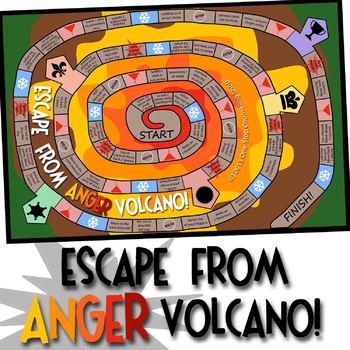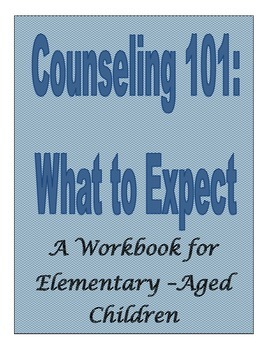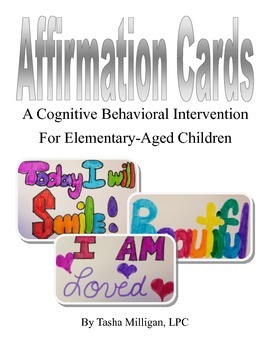As parents, we often assume we know what our kids are
thinking, or it never occurs to us to ask.
We are often surprised and humored by the various things that slip out
of their mouths, which are evidence of what is going on in their little
minds.
A few weeks ago I was driving in to town with my kids. I
noticed the yellow hue of my son’s teeth in the rear view mirror and glance back
to see the nasty fuzzies growing on his teeth.
Ewe. So I casually ask him how
long it has been since he brushed his teeth.
He stated, “2 weeks.” I’m
thinking “2 weeks???!!!???” and I’m totally horrified. At first a choke a little and forget that I’m
driving, then have to self-correct to keep from running off the road. Sheesh.
So I’m experiencing a huge parenting failure. As I see it, I have 3 options:
1. I could whip the
car around and head home prepared to put on my best drill sergeant parent act
and attack my son’s face with the toothbrush ASAP.
2. I can shame my son
for his failure to care for his body and project all of my negative feelings on
him.
3. I can put my
counseling skills to use and figure out his motivation.
I went with option 3.
So I tell him, “You know, buddy, when my teeth are dirty it really
bothers me. It leaves a bad taste in my
mouth and feels gross. I can’t imagine
going 2 weeks without brushing. Does it
bother you having dirty teeth?” He says,
“Yeah, it’s gross.” So I prompt, “Then why not brush?” He says, “Because I want my teeth to fall out. Then I’ll get money.”
Wow! I never saw that
one coming. I had the opportunity to
explain to him how gum disease is a slow process blah, blah, blah. I also inform him that the payout for dirty
teeth is only a small percentage of what it will be for clean teeth.
Point being, thoughts motivate behavior. If he believes his teeth will fall out and he’s
going to make a bunch of money, he’s motivated to avoid caring for his oral
health. However, once his thoughts were
corrected, he now willingly (most of the time) brushes his teeth. And I’m a lot more consistent with making
sure he does so!
Kids don’t think like adults.
Kids process information in different ways than adults. They are just beginning to form logical
thoughts. Through trial and error, they
are forming conclusions about the world around them. They are also prone to misbeliefs such as “magical
thinking” and feeling invincible. They tend
to believe that they can fix problems that are beyond their control and tend to
feel guilty when they fail to fix problems.
We see this commonly with children who experienced divorce in their
family. They believe they have the power
to get mom and dad to fall in love again or to fix the problems that caused the
divorce. When their attempts fail, they
feel responsible.
Kids also have misbeliefs that because they are young, they
are invincible or that they have superhero strengths. It is fun to see the wild ideas that kids
come up with for how they are going to save the world and what they would do if
a bad man came to hurt their family. But
we know the truth is that children are vulnerable. These false beliefs help them to emotionally
deal with things that are beyond their control.
What are they thinking?
So how do you know what your kids are thinking? How do you know if they are forming false
conclusions about the world around them?
How do you know if they have internalized false beliefs that could
impact them into adulthood? Have you experienced traumatic events that may have
impacted how your children view life?
Here are a few tips:
1.
Ask
open-ended questions. Try to avoid
questions that begin with “why,” especially if your child might feel
blamed. Also try to avoid using “yes, no”
questions, as they shut down the question.
2.
Play games with your child. Kids communicate through play, especially
younger children. They will communicate
through play things that they may never have been able to verbalize. If they communicate something that has you
concerned, you make want to seek guidance from a professional training in play
therapy, as you can’t take everything communicated in play at face value.
Playing things such as “Feelings Candy Land” or “Feelings UNO” with your kids
can allow them to openly communicate feelings as part of a game rather than
being put on the spot. Simply pick a
feelings word for each color and have them tell about a time they felt that way
during their turn. (IE, I like to use
red for angry, yellow for happy, blue for sad, and green for scared.)
3.
Keep an open dialogue with your kids. If your kids aren't comfortable talking about
petty issues, they probably will be more uncomfortable talking about the deeper
issues. However, if you are in the habit
of talking daily with your kiddos, they will respond better to your prompting questions
or may openly ask you about what is on their minds. They are relying on your experience to help
them make sense of the world! This is
why table time is so important. Taking
15 minutes to sit down and eat with your kids can make a huge impact in your relationship
with them.














